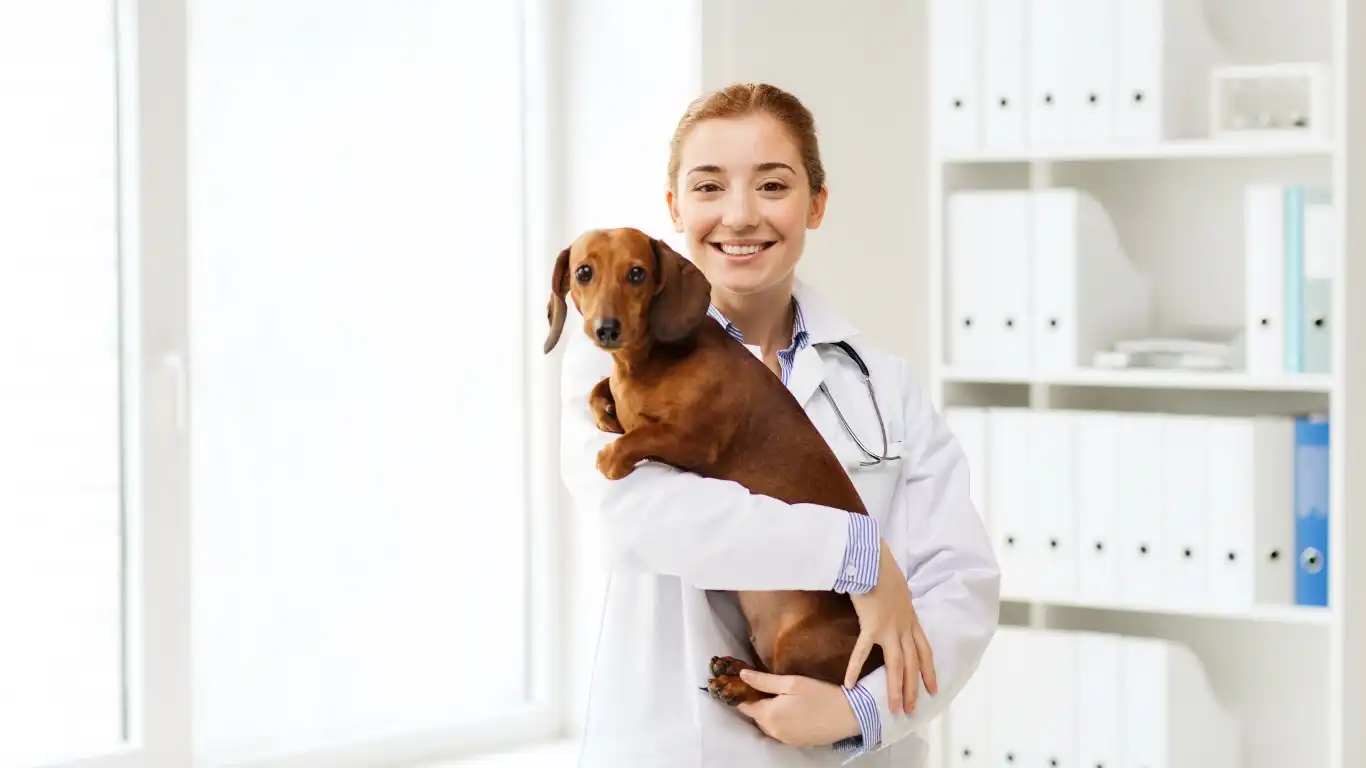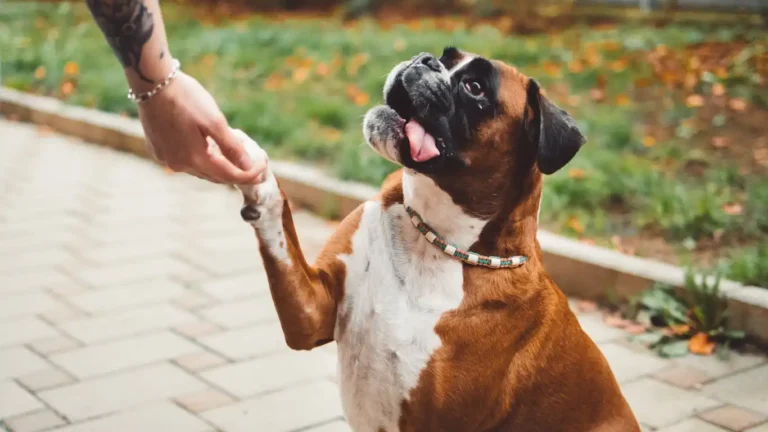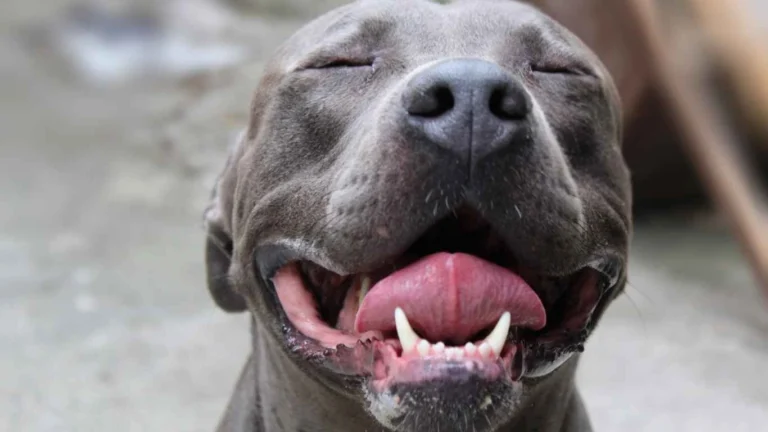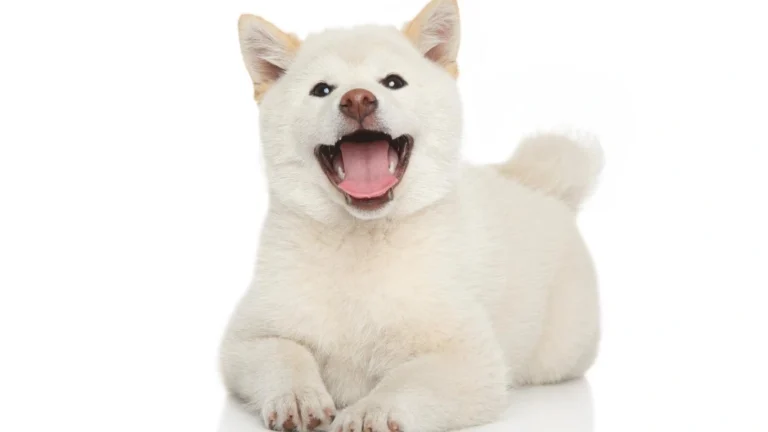Ultimate Guide to How to Manage Seasonal Hair Loss in Dogs Effectively
Let’s talk about how to manage seasonal hair loss in dogs. If you’re like me, a Veterinary Technician/Nurse who’s spent countless hours brushing out tufts of fur from golden retrievers during spring, you already know the struggle. Seasonal shedding isn’t just a grooming issue—it’s a signal from your dog’s body that changes are happening. And if you’ve ever had a worried pet parent call you in a panic because “my dog’s going bald!” you know how important it is to educate and reassure. Whether you’re battling tumbleweeds of fur in the hallway or wondering what’s normal vs. not, this guide breaks it down.
Understanding the Why: What Causes Seasonal Shedding?

Nature’s Calendar at Work
Dogs are wired by nature to shed in response to seasonal shifts—primarily spring and fall. In the spring, they shed their thick winter undercoat to stay cool. Come fall, that lighter summer coat makes way for something fluffier and warmer. It’s biology doing its thing. I’ve seen this play out across dozens of breeds, but it’s especially dramatic in double-coated dogs like Huskies, Akitas, and yes, even those cuddly Corgis.
Is It Just the Seasons, or Something More?
Now, as someone who works closely with pet nutrition and wellness, I always tell my clients: shedding isn’t just about the time of year. Poor diet, stress, allergies, or underlying health conditions can all crank up the hair fallout. That’s why it’s key to pair what you see with what you know. Are there bald spots? Is the skin irritated? Is this level of shedding new? These are all things to flag.
The Nutritional Factor in Shedding
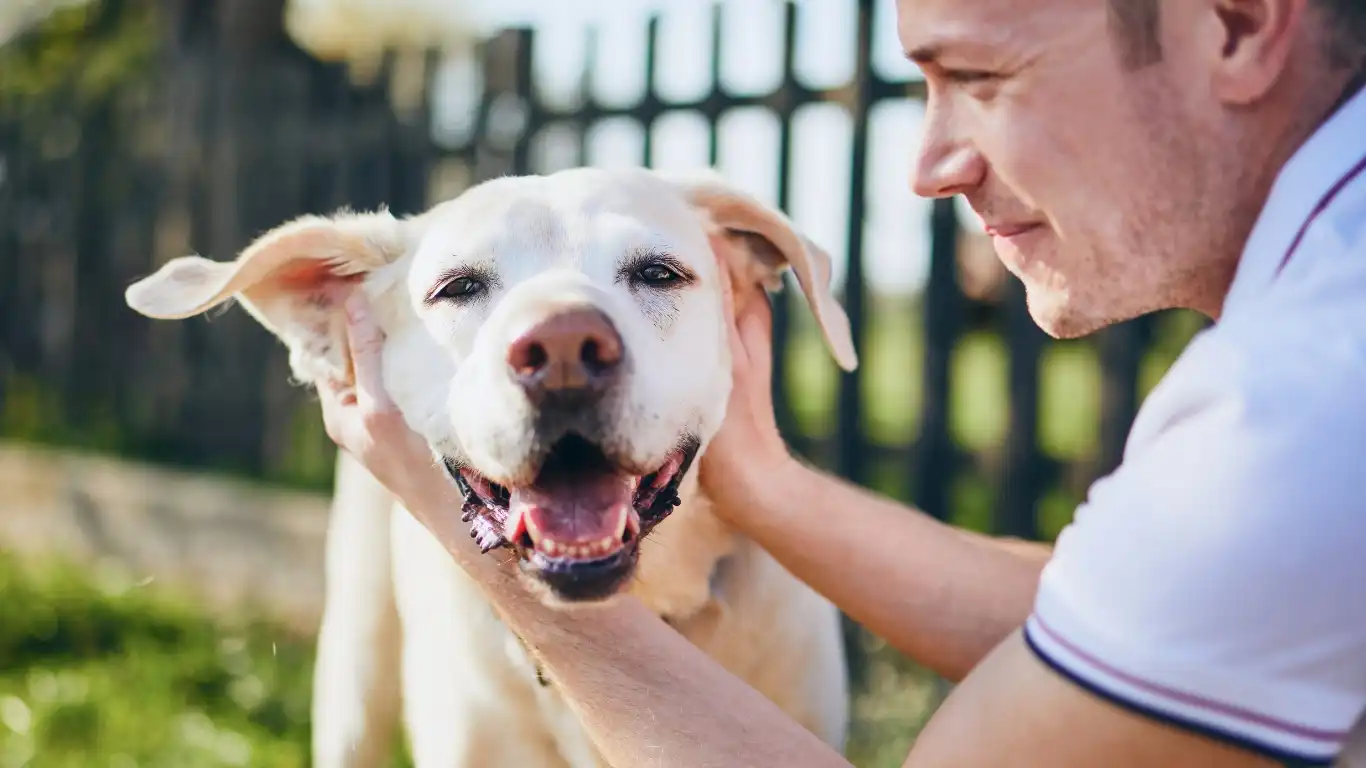
You Are What You Eat—And So Is Your Dog
Nutrition plays a massive role in coat health—trust me, I’ve seen coat transformations that would blow your mind just from switching up kibble. A dog with a glossy, full coat is usually a dog with a well-balanced diet. When the body lacks essential nutrients, especially omega-3 fatty acids, biotin, and quality protein, the skin gets flaky, and the fur gets dull or sheds excessively.
What I Recommend as a Vet Nurse Specializing in Nutrition
When pet parents ask me how to manage seasonal hair loss in dogs, my first question is always: what are they eating? Here’s a go-to checklist I use during consults:
- Omega-3 Fatty Acids: Found in fish oils—think salmon oil or krill oil. They support skin health and reduce inflammation.
- High-Quality Protein: Real meat should be at the top of the ingredients list in their food. It’s essential for fur regeneration.
- Biotin & Zinc: Supplements can be a game changer for dogs with dry skin or brittle coats.
- Hydration: Dry food only? Add wet food or bone broth to help maintain moisture in their skin and fur.
Grooming Tips That Actually Work

Consistency Over Intensity
I always say, “a little often beats a lot once in a while.” Regular brushing—even just 10 minutes a day—can make a huge difference. I’m a fan of undercoat rakes and deshedding tools for dogs with thicker coats. For short-haired breeds, rubber curry brushes are magical (plus most dogs love the massage effect).
Bathing: How Much Is Too Much?
This is where many pet owners go wrong. Overbathing strips natural oils, which actually makes shedding worse. I usually recommend bathing every 4-6 weeks with a moisturizing or oatmeal-based shampoo—especially during peak shedding season. And always follow up with a conditioner to lock in moisture.
Environmental Triggers You Might Be Overlooking

Allergens: The Hidden Shedding Culprit
One thing I’ve picked up over the years? Seasonal shedding often overlaps with seasonal allergies—and not just for us humans. Dogs react to environmental allergens like pollen, mold, and even dust mites. I’ve had cases where pups were shedding like crazy in spring, and it wasn’t just because of coat turnover. Sneezing, licking paws, or red, itchy skin? Big allergy flags.
My go-to advice? Keep an eye on pollen levels, wipe your dog’s paws and coat after walks (especially if they roll in grass like it’s their job), and maybe chat with your vet about antihistamines or allergy testing if it seems more than just “normal” shedding.
Indoor Air Quality Makes a Difference
Let’s not forget your dog’s home environment. Dry indoor air—especially during winter or in air-conditioned spaces—can dry out skin and trigger more shedding. Investing in a humidifier can do wonders. I started using one myself after a particularly flaky shedding season with my senior Labrador patients, and the improvement was obvious. Their skin stayed more supple, and their shedding levels dropped noticeably.
Routine Checkups: Why You Shouldn’t Skip Them
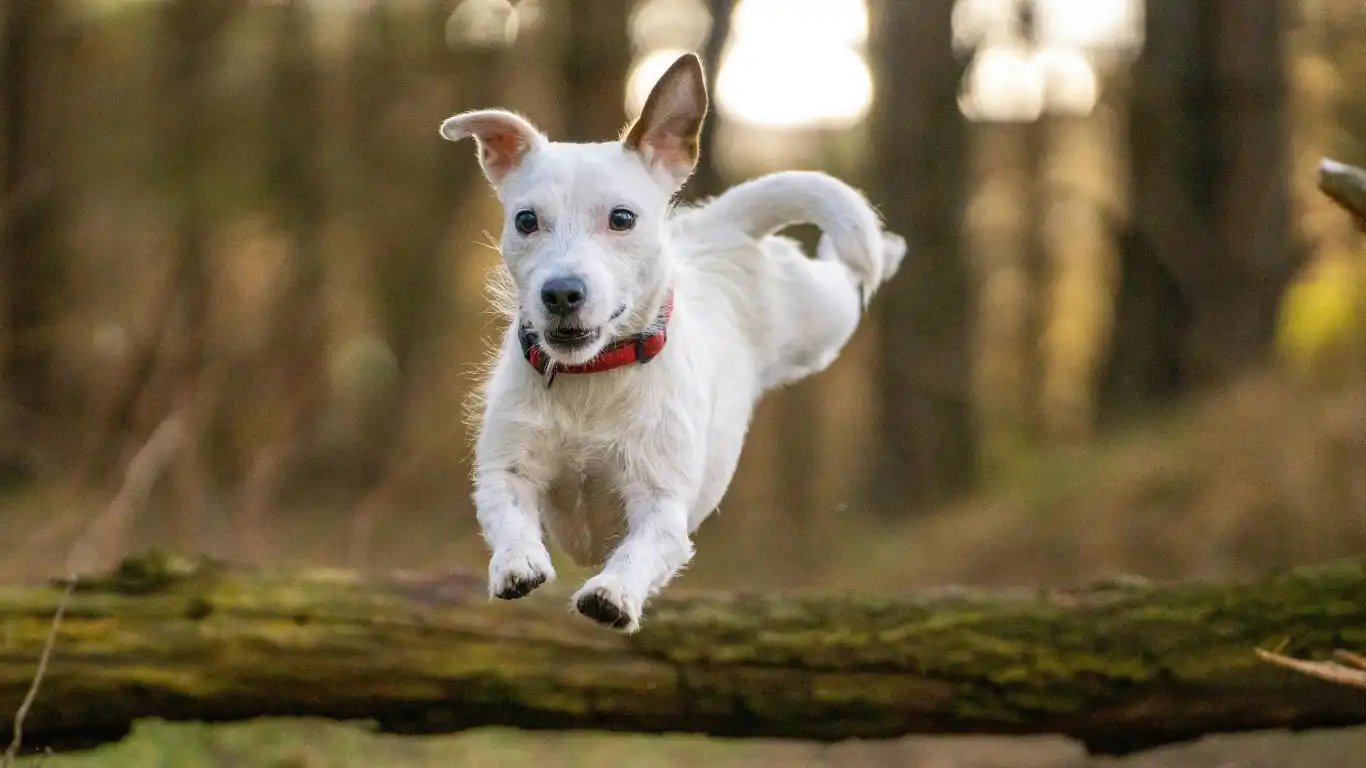
Rule Out Underlying Health Issues
I can’t count how many times I’ve seen chronic shedding misdiagnosed—or just shrugged off. A proper vet visit is crucial if you notice excessive hair loss, bald spots, or irritated skin. Conditions like hypothyroidism, parasites (hello, fleas!), or hormonal imbalances can all wreak havoc on your dog’s coat.
As someone who’s spent years assisting in dermatology cases, I’ve learned that even subtle signs can point to deeper issues. So when in doubt? Schedule that wellness check. It’s not just about vaccines—think of it as a full-body tune-up.
When to Be Concerned
Here’s a quick cheat sheet I share with new dog parents in the clinic:
- Bald patches: Not normal—something else is going on.
- Red or flaky skin: Could be allergies, infections, or parasites.
- Sudden behavior changes: Excessive licking, scratching, or restlessness are worth a closer look.
Supplements Worth Considering
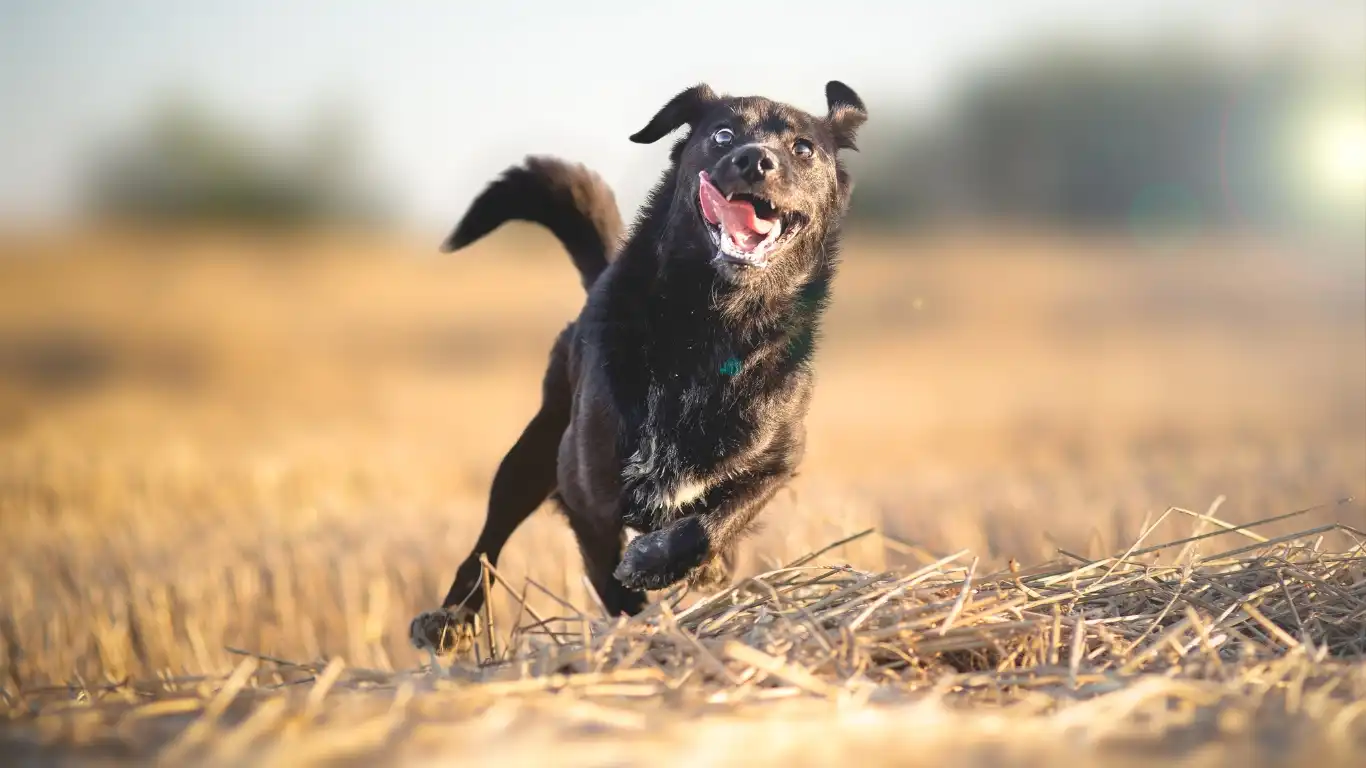
Beyond Food—What Actually Helps?
Supplements can bridge the gap between “meh” coat quality and “wow, your dog is glowing!” I’ve recommended countless products over the years, but the key is quality and consistency. Not all supplements are created equal, and not every dog needs them. That said, here are a few that I’ve seen work wonders when used properly:
- Fish Oil (Omega-3s): Great for inflammation and coat shine. Start with a low dose and build up to avoid tummy issues.
- Probiotics: Gut health = skin health. It’s all connected.
- Multivitamins: Especially useful for dogs on homemade or limited-ingredient diets.
Pro tip from the clinic: always introduce one supplement at a time. That way, if your dog has a reaction—or starts looking fantastic—you’ll know what’s working.
What to Avoid
I always caution against human supplements or random Amazon finds. If it’s not vet-approved or specifically formulated for dogs, it’s a no-go. Some supplements contain additives or dosages that can do more harm than good. When in doubt? Ask your vet—or someone like me who’s been elbow-deep in supplement research for years.
Practical Lifestyle Tips to Support Your Dog’s Coat
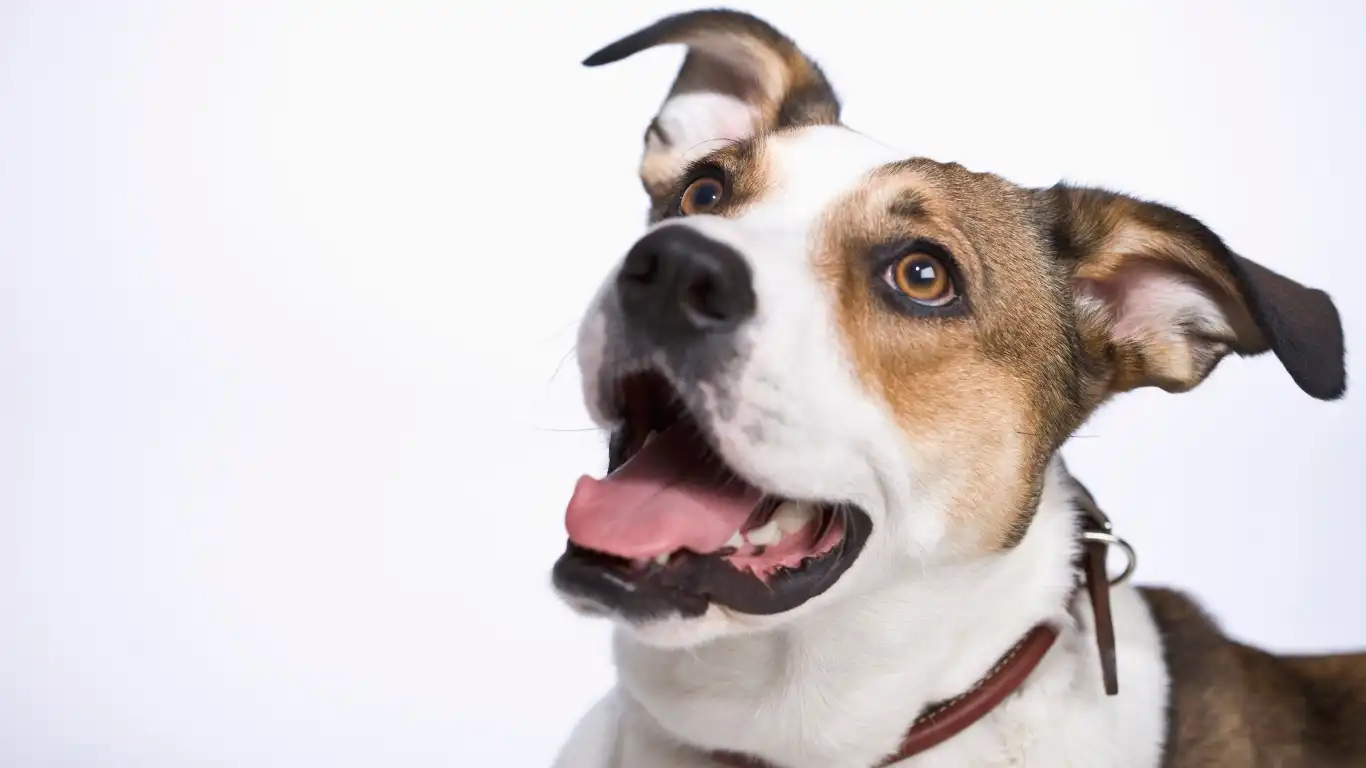
Exercise and Stress Reduction
From my experience as a Veterinary Technician/Nurse, I can’t stress enough how lifestyle impacts coat health. Stress isn’t just a human problem—dogs get stressed too, and it can show up in their fur. Too much anxiety or lack of exercise can lead to poor skin quality and excessive shedding.
Daily walks, playtime, and even mental stimulation through training or puzzle toys go a long way. I’ve had clients tell me their dogs’ shedding decreased simply after adding a consistent routine of exercise and play. It’s not just about burning energy; it’s about overall well-being.
Creating a Comfortable Environment
As someone who’s cared for many dogs over the years, I know the environment you provide matters. Comfortable bedding that’s washed regularly, avoiding exposure to harsh chemicals or irritants, and maintaining a consistent temperature can make a huge difference in how your dog’s skin and coat respond through the seasons.
When to Call the Vet: Knowing the Red Flags
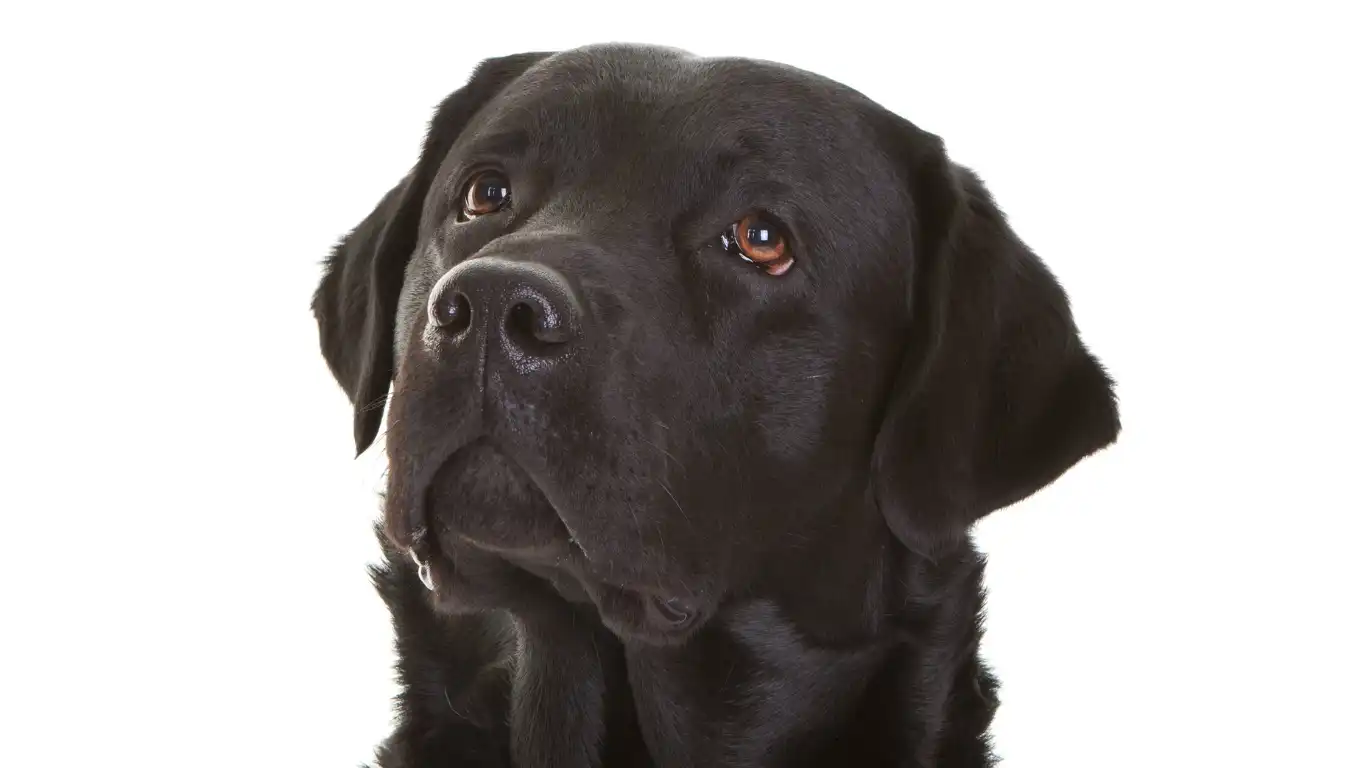
Spotting Serious Issues Early
While seasonal shedding is normal, there are times when it signals something more serious. I always advise pet parents to keep an eye out for these warning signs:
- Persistent, excessive shedding that doesn’t improve with grooming and nutrition changes.
- Visible bald spots or patchy fur loss.
- Skin that’s red, scaly, or bleeding.
- Signs of infection like odor or pus.
- Behavioral changes, such as obsessive licking or biting at the skin.
In my years assisting vets, I’ve seen these signs point to allergies, parasites, fungal infections, or even autoimmune diseases. So if you notice anything off, it’s time to book that vet visit—better safe than sorry.
What to Expect at the Vet
When you bring your dog in, the vet will likely do a thorough physical exam, including skin scrapings, allergy testing, or blood work depending on the symptoms. I’ve helped with many of these diagnostics, and catching problems early usually means easier, more effective treatment.
Wrapping Up Your Approach to Managing Seasonal Hair Loss
Managing seasonal hair loss in dogs isn’t about a single magic trick—it’s a combination of understanding the natural cycle, paying attention to diet, grooming, environment, and knowing when to get professional help. As a Veterinary Technician/Nurse specializing in nutrition, I’ve seen firsthand how this balanced approach keeps dogs not just looking their best but feeling their best too.
Remember, every dog is unique. What works for one might not work for another, so keep observing, keep learning, and keep loving those fur babies through every shed and fluff-up.
References
- American Animal Hospital Association
- American Veterinary Medical Association
- American Gastroenterological Association
Disclaimer
This article is intended for informational purposes only and is not a substitute for professional veterinary advice. Always consult your veterinarian for diagnosis and treatment tailored to your pet’s specific needs.
